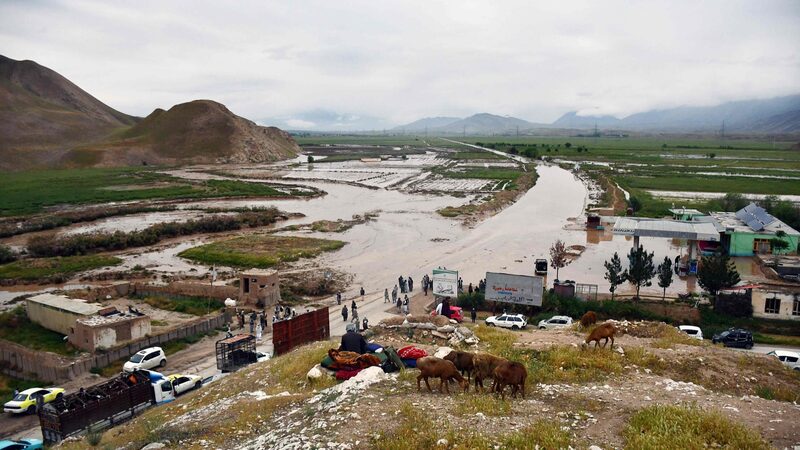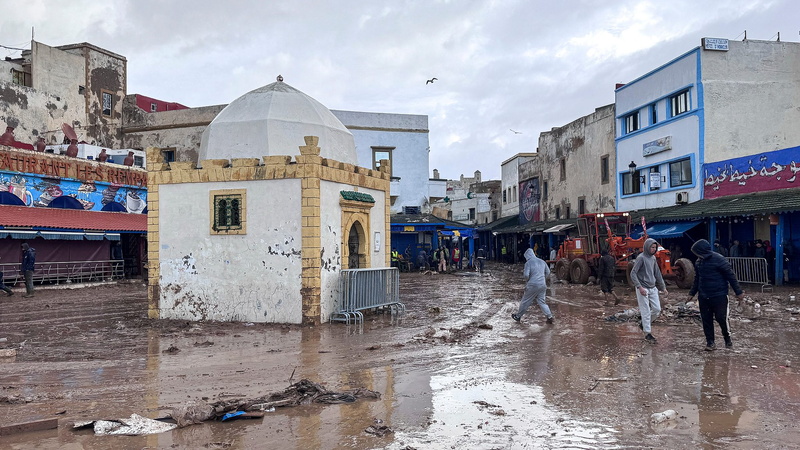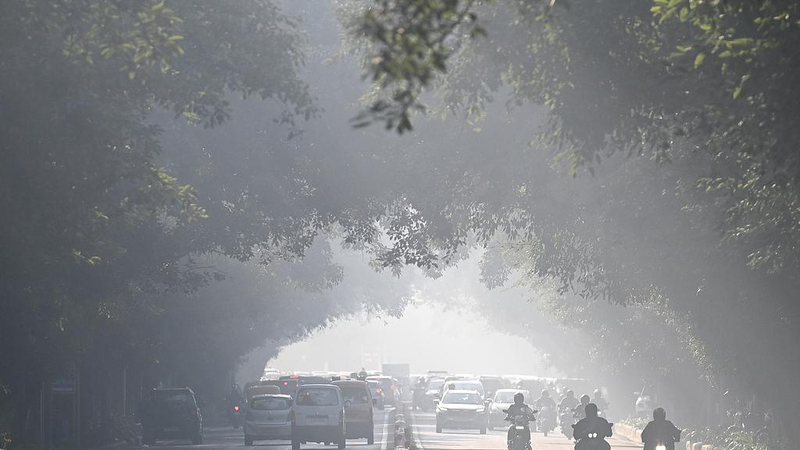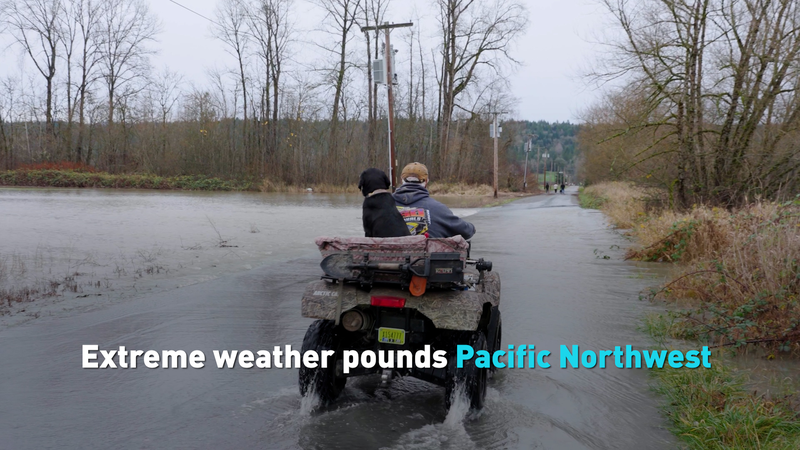On May 10, severe rainstorms unleashed devastating flash floods across northern Afghanistan, affecting the provinces of Baghlan, Takhar, Badakhshan, and Ghor. The relentless downpours caused widespread destruction, particularly in the northern region of Baghlan, where entire villages were submerged and agricultural lands were washed away.
According to the World Food Programme's Afghanistan office and local officials, the floods have claimed the lives of more than 330 people. The sudden and intense nature of the flooding left little time for evacuation, trapping residents in their homes and farmlands. Infrastructure damage is extensive, with roads and bridges rendered impassable, further complicating rescue and relief efforts.
Agricultural communities have been hit hard, with crops destroyed and livestock lost, exacerbating food insecurity in the region. The humanitarian crisis is expected to deepen as the affected areas struggle to recover from the immediate devastation. Aid organizations are mobilizing resources to provide emergency assistance, but the scale of the disaster presents significant challenges.
Local authorities are calling for international support to help rebuild the affected communities and restore essential services. The resilience of the Afghan people is being tested as they face the daunting task of rebuilding their lives amidst the aftermath of the floods.
Reference(s):
cgtn.com




